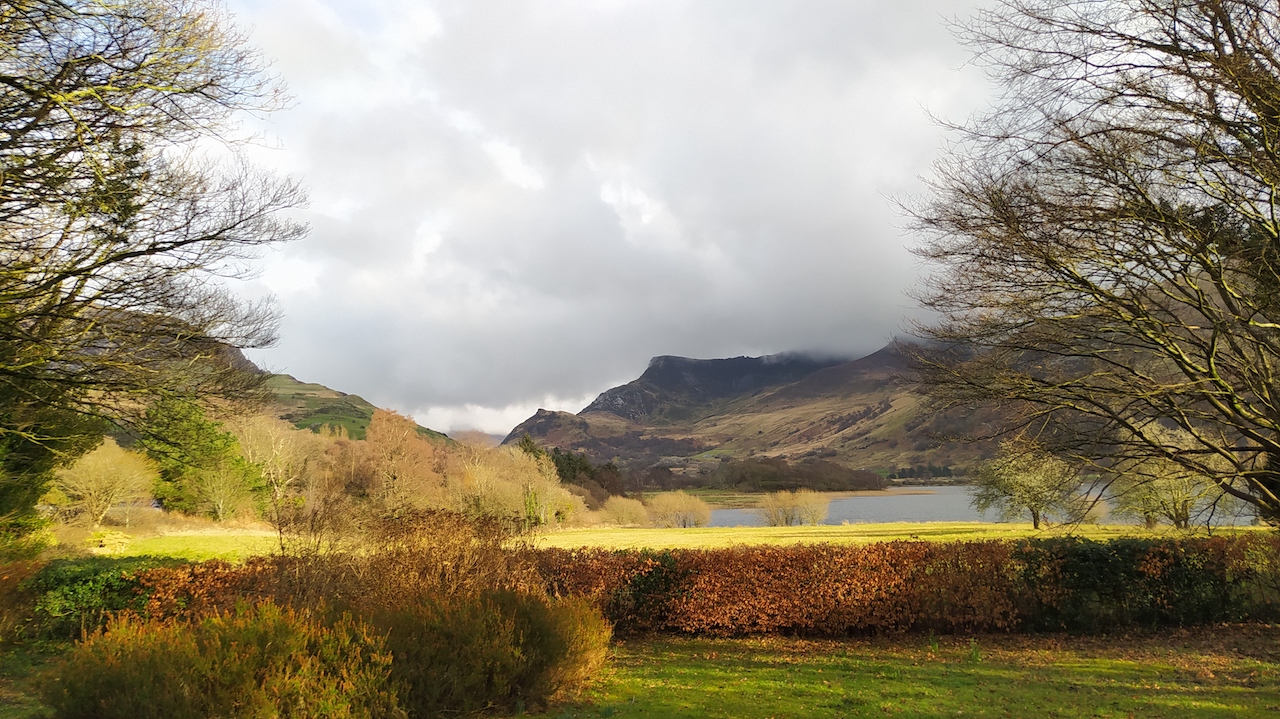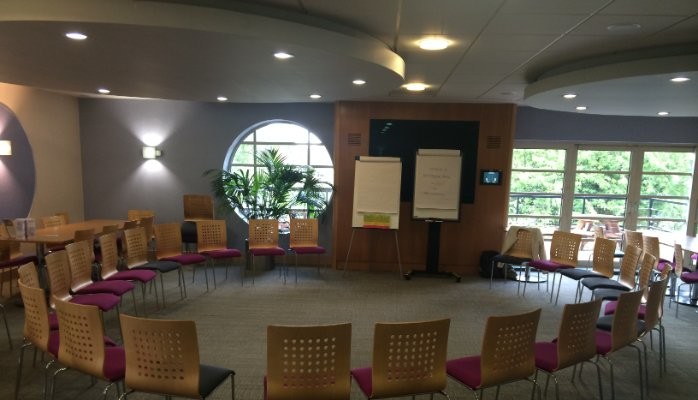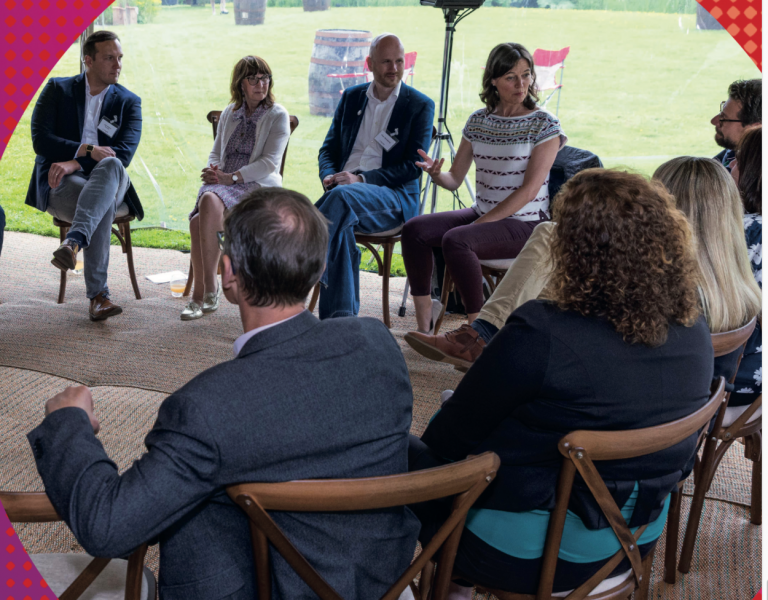Purpose powers individuals, teams and organisations. People go the extra mile, feel proud about their contribution and want to give their best. In a climate of ‘conscious quitting’, making work have a positive impact retains talent. Recent research has shown that even in these challenging economic times, around half of employees would consider resigning if their organisation’s values don’t match their own. This proportion is even higher for Millennials and Gen Z, who will soon occupy more and more leadership positions.
The question is: How do you define and refine your purpose? Your ‘why’ is not a static entity. It needs to evolve. For your organisation to stay relevant and resilient, it must adapt to meet the changing needs of the marketplace. A fresh articulation of purpose keeps a flow of positive energy going.
Below I share several tools to define and refine your purpose. The focus is on organisational purpose but the principles apply for uncovering team and individual purpose. You don’t need to ‘outsource’ purpose articulation to a PR consultancy or branding agency. If you do, ‘purpose wash’ accusations might increase. All the intelligence and creativity you need to infuse day-to-day work with meaning is there in the room. You just need to access it.
Beginning with the end in mind, I’ve found that a compelling purpose statement has five dimensions which I summarise using the acronym ‘MAGIC’.
When I shared the ‘MAGIC’ tool with a leadership team recently, it gave them a ‘lens’ with which to examine their draft purpose statement. Further refinements became possible. The dialogue deepened. The insights flowed. When they left the leadership retreat with their purpose defined and refined, the sense of satisfaction was palpable. Jan Rakowicz, my co-facilitator, and I also felt happy and fulfilled (Jan shares his reflections in a short video here.)
Purpose is a journey not a destination. To go on that journey, here are four key enablers:

- Engage individuals
Before holding a Purpose Discovery session, speaking with each team member separately is critical. These conversations create the atmosphere of curiosity that purpose needs. Valuable questions include: What’s meaningful for you? When have you felt proud to work for your organisation? What’s the impact you love to have? Who is your primary stakeholder? The physiology of purpose lights people up. This energy sparks new thinking.
The one-to-one’s also surface what people want a purpose statement to do. It’s not just about fine words on a webpage or poster. A purpose casts a clear direction. It enables quicker decision-making. It pulls people together. Seeing the benefits of an authentic and compelling purpose statement motivates people to reflect and dig deep together.
2. Go off site

Grappling with questions such as ‘Why do we exist?’ requires spaciousness. Not only in our minds, but in our hearts and bellies too. A dialogue about purpose evokes big questions: What do our customers love about us? Where are the contradictions between our espoused purpose and our lived purpose? How is the future whispering to us? Brilliant answers emerge when we’re in touch with our full intelligence, not just our heads.
The money spent on an offsite venue pays dividends. There’s less distraction, more concentration. There’s a newness that cuts through the status quo. People feel valued given the investment. I’ve written before about how a supportive ‘container’ is essential for a generative conversation. Getting away from the business-as-usual environment is a symbolic step towards doing business differently, which is what purpose is all about.
Being close to nature nourishes people to connect differently. Sharing a meal encourages a more personal conversation. Purpose taps into some of deepest human drives: the desire to belong, to make a difference, to feel valued. An expansive landscape re-sets a team’s relationships and places purpose into a bigger context.
3. Set time aside
Defining and refining your purpose is not something you can do in a one-hour meeting. Trying to ‘shoehorn’ a purpose discussion into an already packed agenda is a waste of time. To uncover the enduring and meaningful reason you exist calls for some breathing space.
One-and-a-half days is the minimal amount of time required to do some good quality thinking about your ‘why.’ An overnight stay is invaluable to explore the question: What do we, as an organisation, stand for? Insights percolate. People chat. The essence emerges. The dross falls away.
Purpose statements that pack a punch have a succinctness that takes time to nail. Landing a memorable set of words that people can easily recall is worth the time it takes. Check out the simplicity of these statements:
- ‘Making sustainable living commonplace’ (Unilever)
- ‘Changing the way people live in cities’ (Brompton Cycles)
- ‘We make jeans. That’s it (Hiut Demin Co.)
Having time to share exemplars inspires people to stretch their thinking. At a recent leadership retreat for a food manufacturing company, we took a box of Hotel Chocolat’s finest (it was Valentine’s Day.) As we munched our ‘exquisitely fruity’ delights, we passed round the box which had their purpose statement (‘We exist to make you happy’) clearly displayed on the back. Seeing how other organisations have progressed on their purpose journey supports a deep dive into thinking together.
4. Name the elephant
There are many issues that get in the way of defining and refining a purpose statement. At a recent Purpose Collective session, Davin Salvagno shared several ‘thieves’ of purpose, which included distraction, fear and doubt. His forthcoming book will unpack twelve soul-sucking obstacles (and provide suggestions for dealing with them.)
‘Thieves’ of purpose for individuals become ‘robbers’ on steroids for teams. If there’s unresolved conflict or ruthless competition, no amount of discussion about purpose will solve these issues. As I wrote in Powered by Purpose, there’s a corporate version of a ‘spiritual bypass.’ Ignoring messy human dynamics by focusing on something more transcendent does not make the negativity go away. It just increases cynicism.
Returning to the pre-session one-to-one conversations, these can also reveal stumbling blocks. Naming the obstacles – for example, people working in silos or a turf war between two departments – is sometimes enough to clear the air. Other times you need to engage the issue and address these dynamics before turning to the question of purpose.
For this reason, when I coach a team to define and refine their purpose, I weave in some skill-building in dialogue. Purpose can be a difficult conversation given the existential questions it raises about profit, stakeholder primacy and lived contradictions. Slowing down, taking time to talk and being in nature all help you to move through these challenges.
In closing
Purpose is the big-picture context that brings people together. An inquiry into the compelling purpose of an organization, calls for a rich dialogue. When this takes place in an
atmosphere of safety, energy and possibility, new possibilities – and even some magic – emerges.





